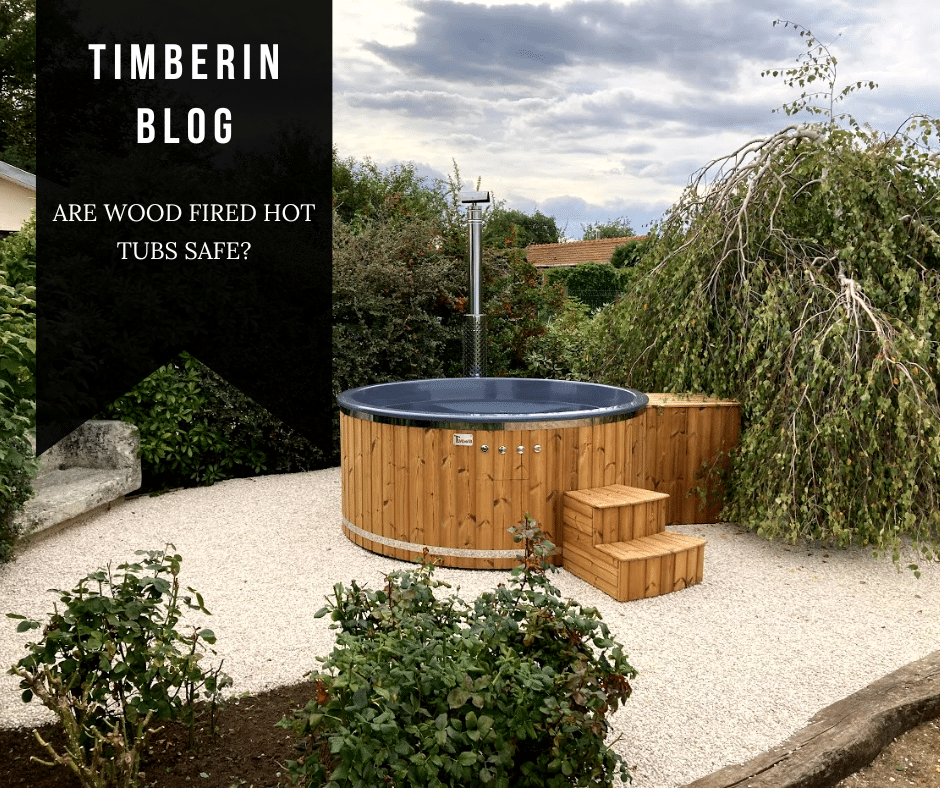Hot tubs have long delivered relaxation and wellness. With the rise of wood-fired models, questions about safety are natural—so here’s what matters most, based solely on how these tubs are built, heated, and maintained.
1) Construction & Design
Wood-fired hot tubs are built for the outdoors from durable timbers (for example cedar or redwood) that naturally resist rot and decay. Robust construction helps the tub withstand high temperatures while staying safe to use. A chimney or smokestack vents smoke and gases away, improving comfort and safety around the bathing area.
2) Indirect Water Heating
The tub is not heated by an open flame. Instead, a separate external stove or heater warms the water, while the tub’s shell remains comfortable to the touch. A circulation path moves heated water back into the tub for even temperature distribution and a reduced risk of hot spots or scalding.
If you’re comparing heating methods overall (integrated wood, external wood, internal wood, electric or pellet), see our overview: how to choose the right heating method.
3) Fire Safety Basics
The firebox where wood burns is separated from the tub by a protective barrier, preventing direct contact and reducing burn risk. Safe operation means following the manufacturer’s guidance—proper wood loading, ash handling, and keeping a safe distance from flammable materials.
4) Maintenance & Care
Routine care keeps operation safe and pleasant. Clean and inspect the tub and components regularly to catch issues early. Burn only suitable, untreated wood to avoid harmful fumes. Test and treat the water as recommended to maintain quality. If you notice moisture issues in timber, this guide helps: wooden hot tub leaking — causes & fixes.
Conclusion
When properly constructed, operated, and maintained, wood-fired hot tubs offer a safe, natural, and highly enjoyable soak. Follow the manufacturer’s guidance, use appropriate fuel, and keep up with routine care to enjoy a relaxing, worry-free experience.
HowTo: Use a Wood-Fired Hot Tub Safely
- Choose a suitable spot: Place the tub on a stable, level base with clear ventilation for the chimney. Plan utilities in advance via required connections.
- Inspect before use: Check the stove, barrier, chimney/smokestack, and circulation paths.
- Use proper fuel: Burn only suitable, untreated wood. Follow loading and ash-disposal instructions.
- Heat indirectly: Start the external stove/heater; allow water to circulate for even temperature.
- Monitor temperature: Check water temp before entering and avoid superheating.
- Maintain clearance: Keep flammables away from the stove/chimney; supervise while firing.
- Clean & test: After use, remove ash as instructed and maintain water quality with regular testing.
FAQ: Wood-Fired Hot Tub Safety
Are wood-fired hot tubs safe?
Yes—when properly built and used as directed. The stove is separated from the bathing area, and a chimney vents smoke away.
Does the fire heat the tub directly?
No. Water is heated in a separate stove/heater and circulated into the tub, which helps maintain an even temperature and keeps the shell comfortable to the touch.
How do I prevent burns or hot spots?
Rely on the circulation path for even heating, monitor temperature before entry, and follow the manufacturer’s loading and heating instructions.
What kind of wood should I use?
Use suitable, untreated firewood. Avoid treated or chemically treated wood to prevent harmful fumes.
What maintenance is needed?
Regularly clean/inspect the tub and components, remove ash as directed, and maintain water quality with testing and treatment.

